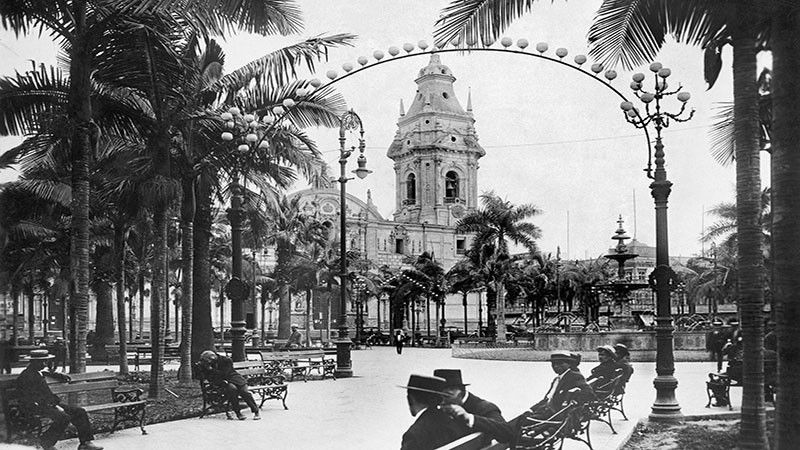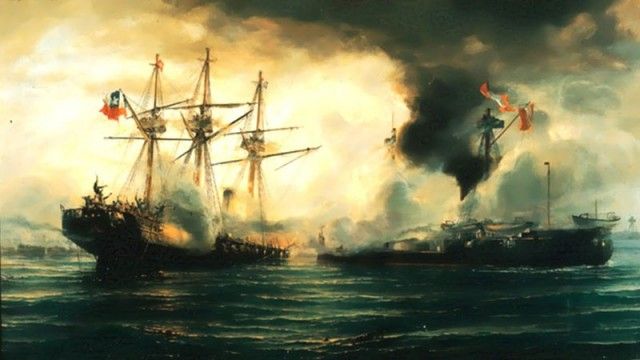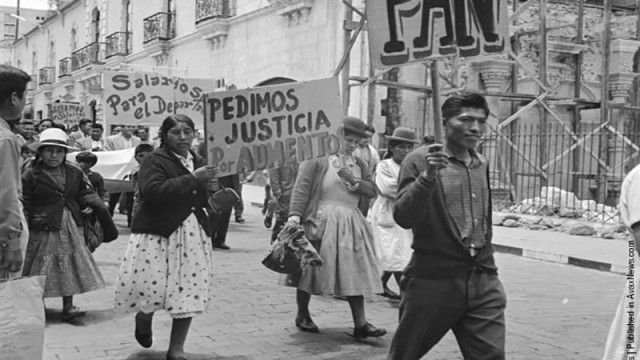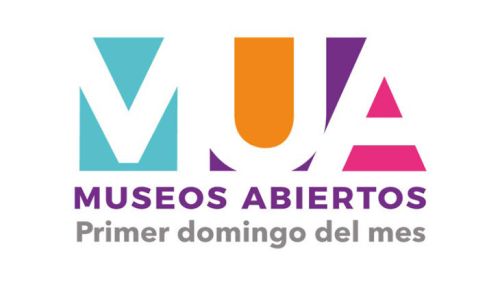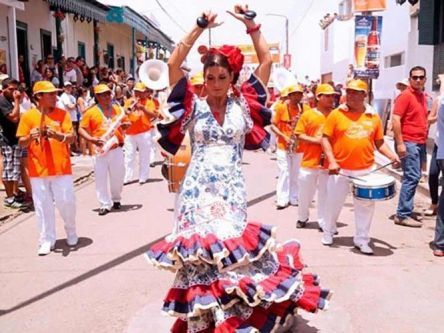After the War of the Pacific, the war expenditures, the loss of revenue from the Tarapaca region and a devastated country led to political instability with different civilian and military forces aiming for power and near bankruptcy which was averted by Peru accepting a proposal from its creditors giving them the right to control the railroads for 66 years, to mine up to three million tons of guano, and to receive 33 annual payments of £80,000 each.
President Nicolás de Piérola
An extraordinary effort of rebuilding the country began with the government initiating several social and economic reforms. In 1894 the Partido Democrata (Democratic Party) was founded by Nicolás de Piérola which attracted mostly the lower social class and can be seen as a counterpart to the Partido Civil which was founded by Manuel Prado 25 years earlier representing Peru’s oligarchs. A year later the party won the elections and Nicolás de Piérola became president, pushing the reconstruction of the country and accelerating the economic development. The agricultural sector started to boom, with mainly sugar, cotton and wool being produced and exported. Additionally, thanks to foreign investment, and here especially US capital, the production and export of minerals, notably copper, increased. And the exploitation of guano on the islands off the coast added to the economic recovery and brought the country decent wealth and prosperity.
President Augusto B. Leguía
During Augusto B. Leguía's presidencies (1908 - 1912 and 1919 - 1930) the sugar and cotton production was expanded, and expensive public works carried out which were mainly financed by loans from US banks. Furthermore, the US-owned International Petroleum Company gained the rights to the oil fields of La Brea and Pariñas. His dictatorship-like style of government and the increased dependence on foreign investment called the suppressed opposition from the most progressive sectors of Peruvian society against the landowner oligarchy into action.
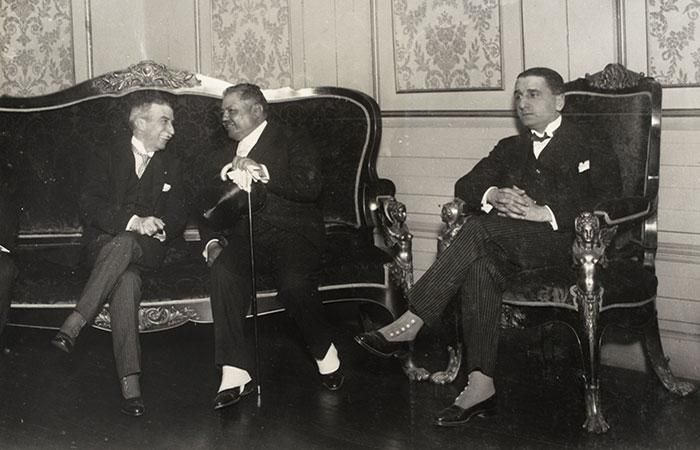
In 1924, the American Popular Revolutionary Alliance (APRA), a left-wing social democratic party which expressed the ideals of the unity of indigenous Americans and the elimination of US imperialism, was founded in Mexico by Víctor Raúl Haya de la Torre who intended to create a network of anti-imperialist social and political movements throughout Latin America. The movement quickly swapped to Peru and in 1930 the Peruvian Aprista Party was founded which today - having politically moved to the center - is the oldest surviving political party in Peru and one of the most well-established. Back in the 1930s its anti-capitalist and anti-imperialist stand attracted intellectuals, the indigenous population, and the lower middle class.
And in 1928, the Partido Socialista del Perú (Peruvian Socialist Party) was established mainly under the leadership of José Carlos Mariátegui, the famous Peruvian intellectual, journalist and writer, which two years later was renamed Partido Comunista Peruano (Peruvian Communist Party).
After President Augusto B. Leguía settled the Tacna-Arica dispute with Chile in 1929 resulting in the Peruvian loss of the Arica region and angering extreme nationalists, and with the Great Depression in full swing draining foreign investment from Peru which made Peru's business community unhappy, his eleven-year dictatorship ended with being removed from office in a military coup.


